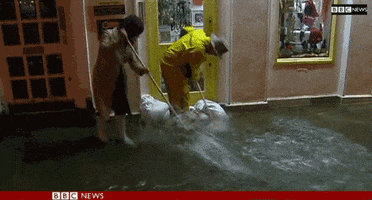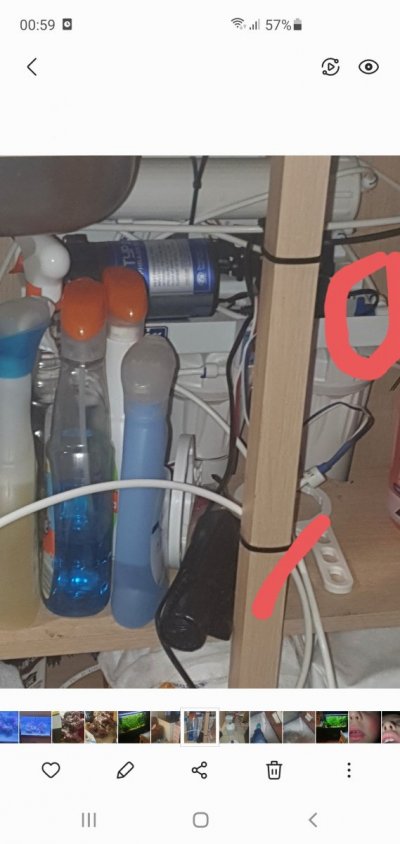So I am using a 5 stage RODI system. Included in this system is a flush valve and another component (I don't know the name) which automatically stops the flow of water as pressure builds up from the float valve slowly closing as the water level reaches the top of the container.
Typically, I will run the system with the flush valve open to get the TDS reading down to zero. Once TDS reaches zero, I close the flush valve and divert the water to the collection container. Once full, I turn off the source water and start the process over again when I'm running low on RODI water.
I decided to keep the source water on all the time since the pressure valve stops water flow once the float valve closes. I thought that by doing this, I would always have a full 40 gallon reservoir.
But today, when I removed some water from the reservoir, it began to refill. But when I looked at my TDS meter, it gave a reading of 16.
What is the purpose of that automatic cut off, if I have to flush the system every time I make water? SHouldn't the water still be zero TDS?
Thanks,
Dom
Typically, I will run the system with the flush valve open to get the TDS reading down to zero. Once TDS reaches zero, I close the flush valve and divert the water to the collection container. Once full, I turn off the source water and start the process over again when I'm running low on RODI water.
I decided to keep the source water on all the time since the pressure valve stops water flow once the float valve closes. I thought that by doing this, I would always have a full 40 gallon reservoir.
But today, when I removed some water from the reservoir, it began to refill. But when I looked at my TDS meter, it gave a reading of 16.
What is the purpose of that automatic cut off, if I have to flush the system every time I make water? SHouldn't the water still be zero TDS?
Thanks,
Dom




















